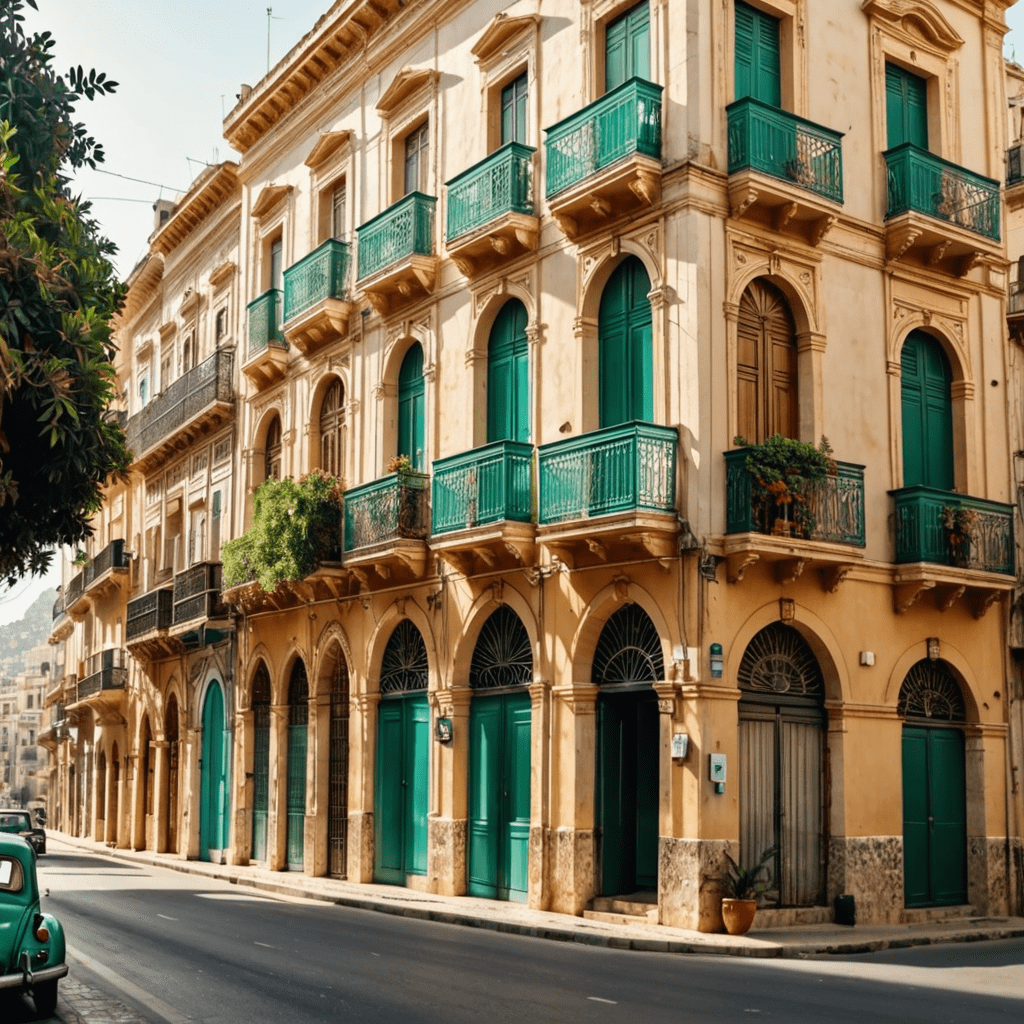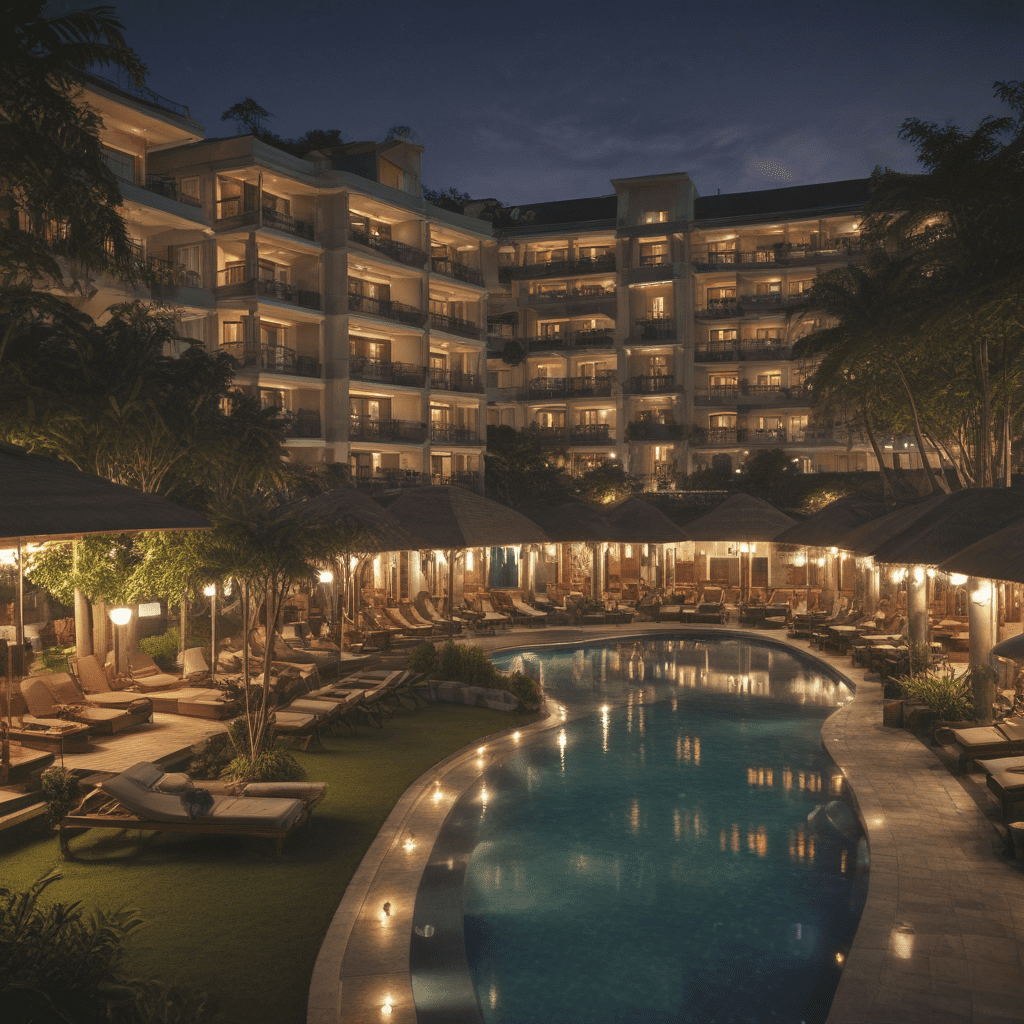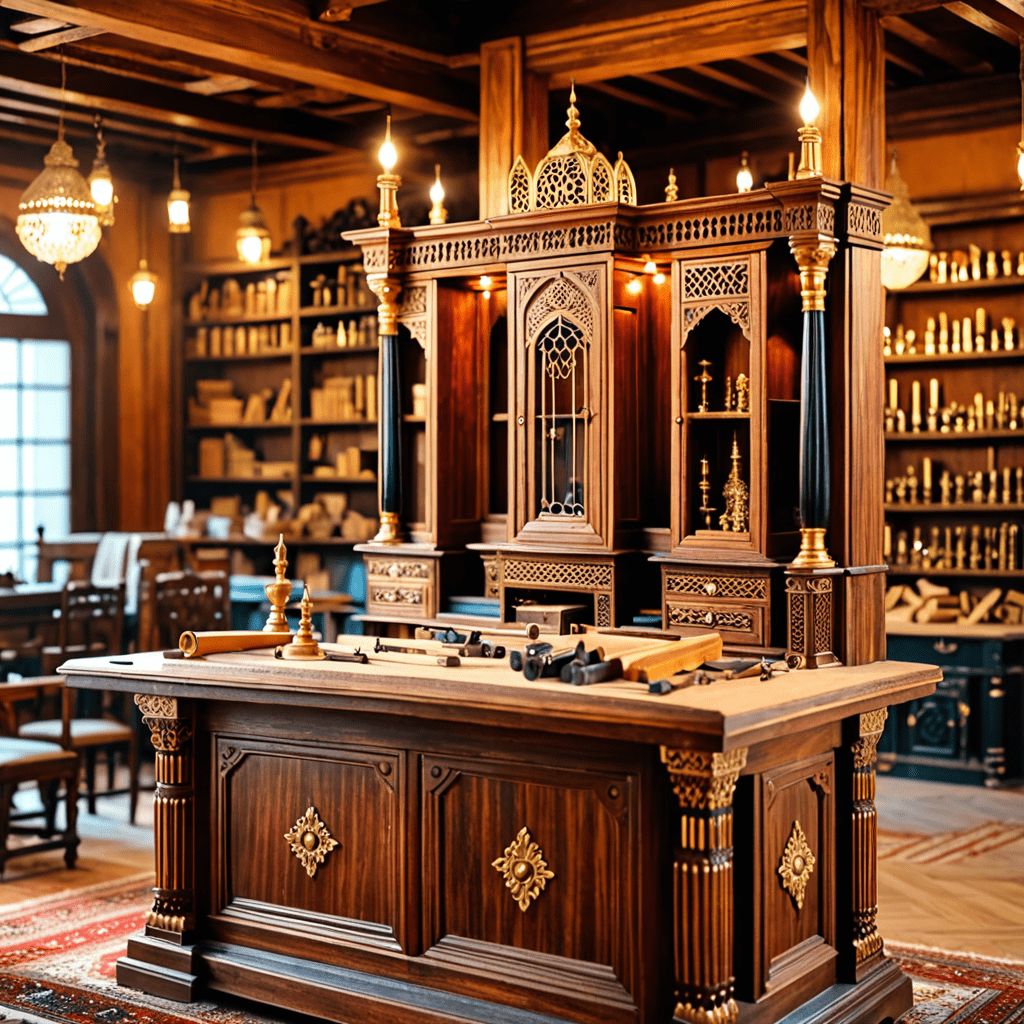
The Influence of French Colonial Architecture in Algeria
French colonial architecture in Algeria is a remarkable blend of European design elements infused with local North African influences. Let’s explore how this unique architectural style has left a lasting impact on the urban landscape of Algeria.
A Glimpse into History
French colonial rule in Algeria, which lasted from 1830 to 1962, brought about significant changes in various aspects of Algerian society, including architecture. The French brought their architectural styles and techniques, which intertwined with local traditions to create a distinctive fusion.
Architectural Elements
French colonial architecture in Algeria often features grand boulevards, ornate balconies, wrought iron details, and pastel-colored facades. Buildings typically boast a harmonious blend of French neoclassical, Moorish, and Ottoman architectural elements.
Iconic Buildings
Algeria boasts several iconic French colonial buildings, such as the Grande Poste d’Alger in Algiers. This stunning structure showcases intricate carvings, arched windows, and a central dome, embodying the elegance of French architecture fused with Moorish influences.
Urban Planning
The French also introduced new urban planning concepts in Algeria, establishing grid-based layouts, public parks, and spacious squares. These planning principles aimed to modernize Algerian cities and create a sense of order within the urban environment.
Legacy and Preservation Efforts
Despite the end of French colonial rule, the legacy of French colonial architecture continues to shape the aesthetic appeal of Algerian cities. Efforts are underway to preserve and restore these historic buildings, ensuring that future generations can appreciate the architectural heritage of Algeria.
Cultural Significance
French colonial architecture serves as a tangible reminder of Algeria’s complex history and cultural exchange. It reflects the intertwined destinies of French and Algerian societies, showcasing how architecture can be a powerful symbol of shared experiences and heritage.
Conclusion
The influence of French colonial architecture in Algeria is a testament to the enduring impact of historical interactions on the built environment. By blending European and North African design elements, this architectural style stands as a captivating fusion of cultures, showcasing the richness of Algeria’s architectural heritage.
FAQs about the Influence of French Colonial Architecture in Algeria
What is French Colonial Architecture?
French Colonial Architecture refers to the architectural style that emerged during the French colonial period, characterized by a blend of French design elements with local influences in the colonies. In Algeria, this style is evident in buildings, structures, and urban planning dating back to French rule.
How did French Colonial Architecture influence Algeria?
French Colonial Architecture left a significant mark on Algeria, shaping the urban landscape with structures like grand boulevards, churches, government buildings, and residential homes. This style integrated French aesthetics with North African elements, creating a unique architectural fusion.
What are some notable examples of French Colonial Architecture in Algeria?
Notable examples of French Colonial Architecture in Algeria include the historic Casbah of Algiers, the iconic Notre Dame d’Afrique Basilica overlooking the Bay of Algiers, the elegant Palais des Rais, and the picturesque Bab El Oued district with its distinctive architectural charm.
How can one explore French Colonial Architecture in Algeria?
To explore the influence of French Colonial Architecture in Algeria, one can visit cities like Algiers, Oran, and Constantine, where many colonial-era buildings still stand. Guided tours, architectural walks, and visits to museums and historic sites offer insights into this unique architectural heritage.

